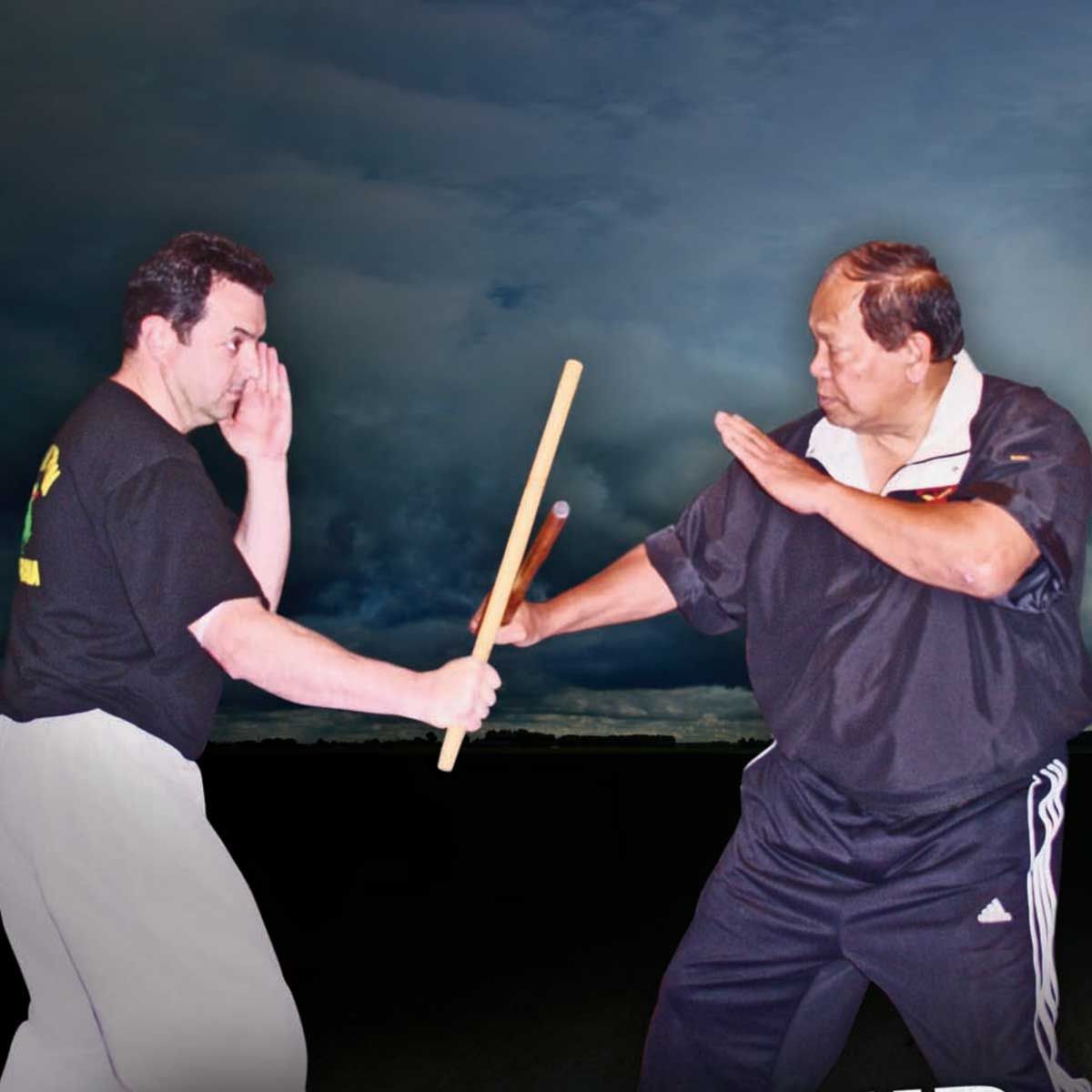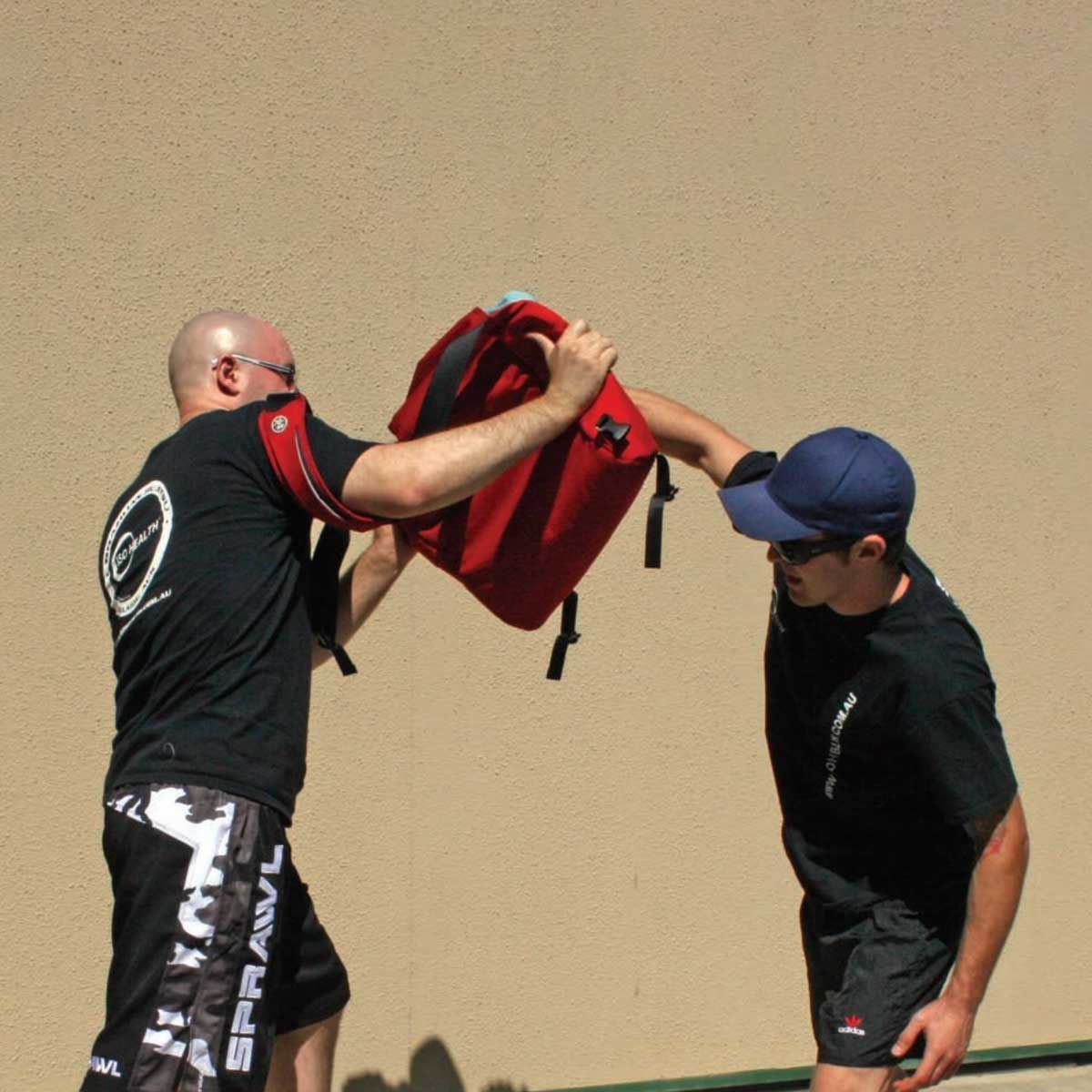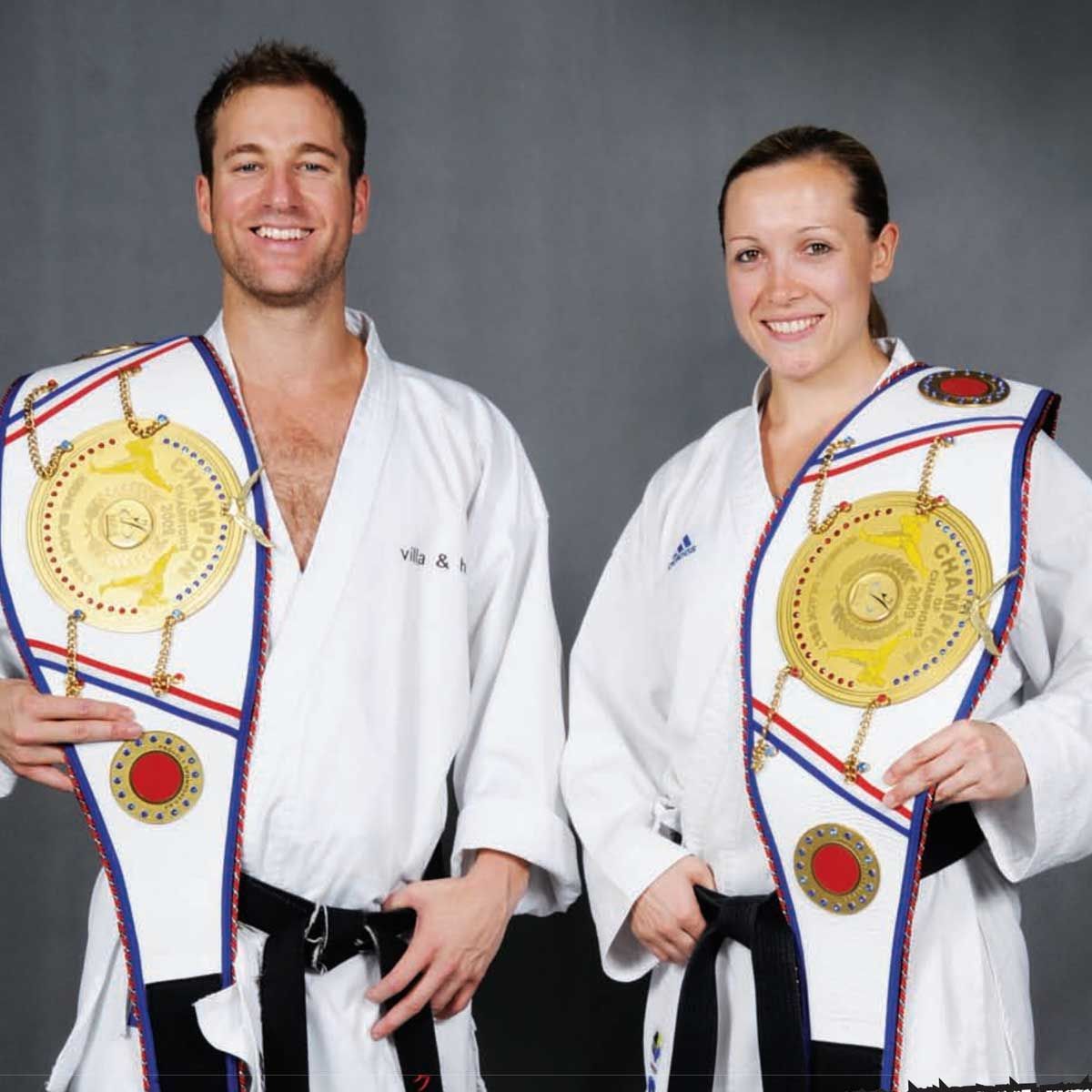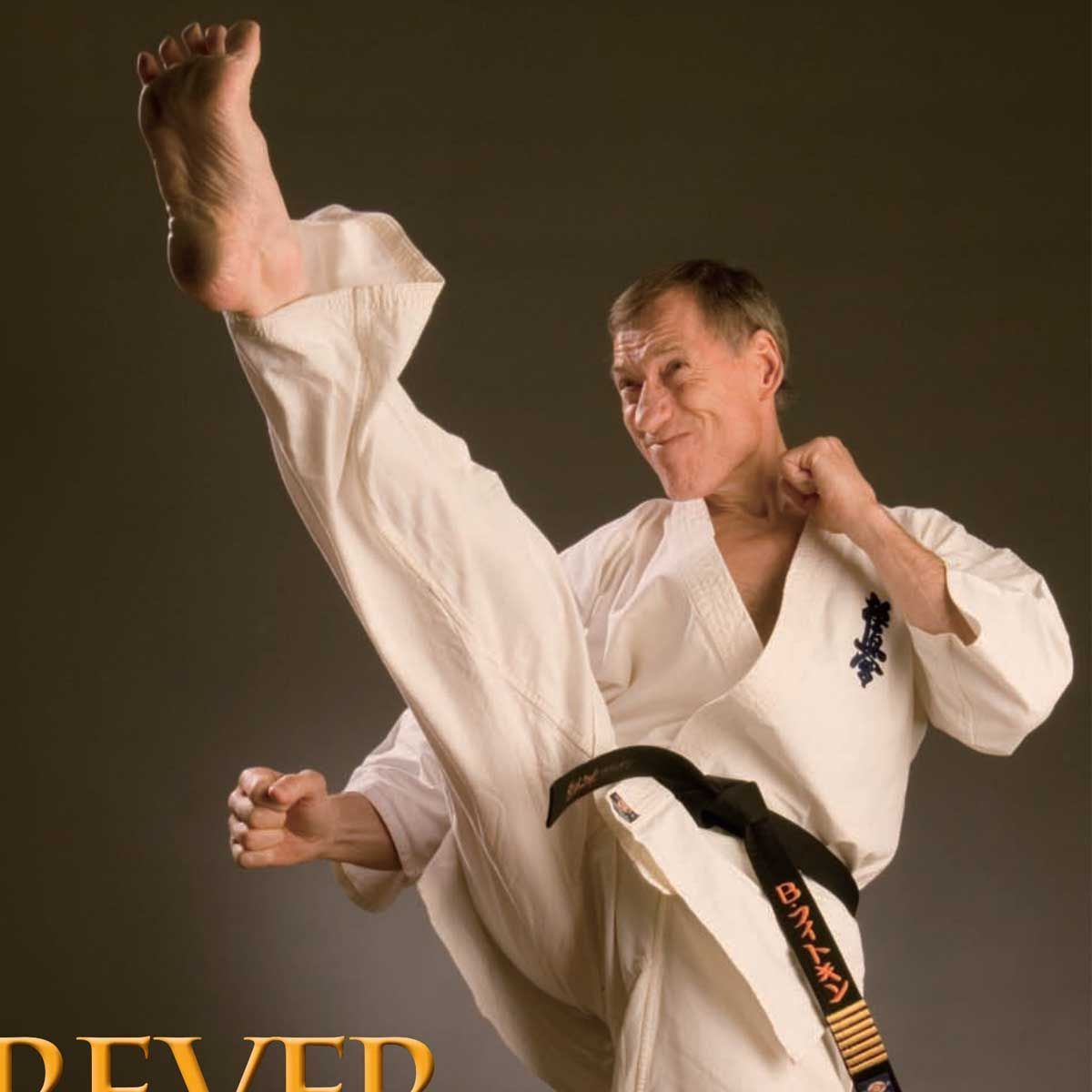TECHNICALITIES - Silvio Morelli
There’s often a conflict between the theories and aims of so-called ‘traditional’ martial arts and reality-based systems, both of which regularly feature in Blitz. Technique is often central to the debate. So, who’s right?
BY SILVIO MORELLI
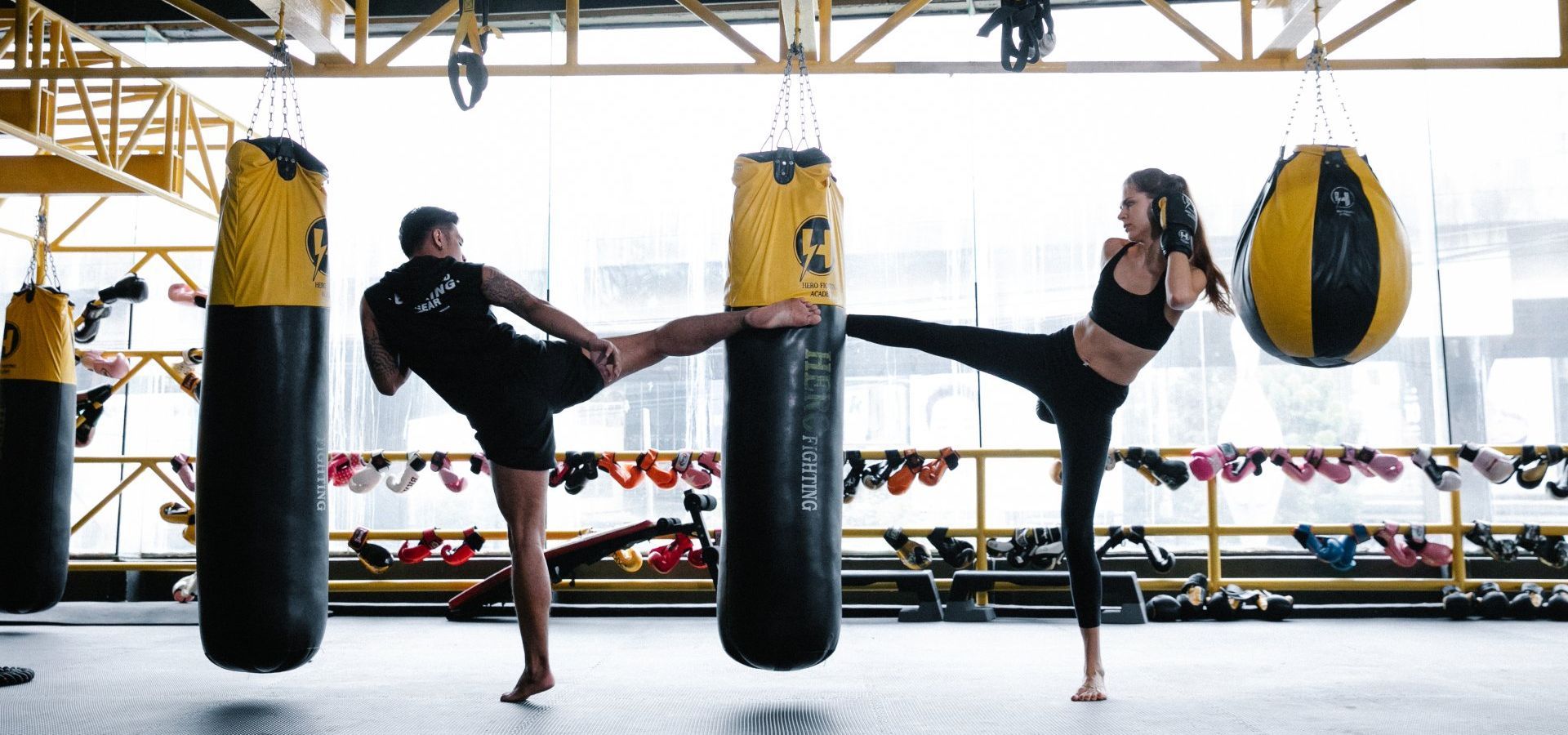
One opinion seemingly shared by many reality-based self-defence trainers is that technique is low on the scale of importance in self-defence. While it’s true that technique isn’t the most important part (awareness and avoidance techniques, etc. are top of the list) some people might get the wrong idea and think that technique is unimportant in real combat. But what are the reality-based people doing, in their scenario training and ‘alive’ drills, if not techniques? They may use simple, gross motor movements, but they’re still practising techniques and combinations. And many of them have had years of prior training in martial arts, teaching their bodies how to co-ordinate, react and flow in certain ways, before they take up reality-based training. In fact, some reality training gurus are expert technicians.
The trouble is, the perception of what ‘technique’ is can be limited. Some martial arts students wrongly believe that a technique as practised in the dojo must look and be executed the same way on the street. On the other hand, some reality-oriented practitioners might use the example that when two technically well-trained fighters get into a real fight, it can look scrappy like there’s no technique involved, so why bother’? But such examples are generally the result of the dojo training being too theoretical and untested under real pressure. In class, we practise techniques a certain way, but this is simply to program the basic movements.
As we become more proficient, sharper, fitter and improve our timing and co-ordination, these techniques can be adapted, shortened, etc. to enable us to apply them in a more practical and effective way for the street. As you may notice when sparring or doing random reaction drills, your technique will vary a lot. Watch yourself sparring on video; your defensive techniques in particular will differ each time you execute them, simply because you’re not the only one influencing the outcome –the power, speed, timing, placement, etc. of your opponent’s technique will play a big part. Sometimes your technique may fail completely because you misread your opponent’s intention.
Kata is one form of technical training that often comes under fi re. If you compare kata to street combat or dojo sparring, it can be hard to see the relationship between the two. However, it’s a misconception that the techniques and other elements trained in kata (breathing, focus, timing, explosiveness, etc.) can’t be used in real combat — they can. The purpose of kata training is to perfect individual techniques to the point that they each become an automatic response. However, you must know and practise the applications of the kata techniques for them to be of use, as Iain Abernethy points out in his article ‘Does Karate Work?’ in this issue. Unfortunately, many practitioners don’t know the combat applications of their kata, let alone practise them with a partner or in a scenario. It’s important to note also that while we may perfect a technique in kata, against an opponent it may not necessarily be so perfect.
But what is perfection? We all know the feeling we get when we execute a technique perfectly in a ‘live’ situation, such as competition — for example, a pinpoint counter-kick that slips under the opponent’s punch and into his solar plexus. This, however, happens rarely. If you watch a tape of any fight, how often are both the technique and the result perfect?
While the speed of a fight means we can use only those moves ingrained in our muscle memory, and the effects of adrenaline may make only relatively basic techniques feasible — technique still plays a large part. It must be remembered that, in street self-defence, good technique is about reproducing the desired result, not the perfect movement. □
Blitz Martial Arts Magazine, FEBRUARY 2010 VOL. 24 ISSUE 02







